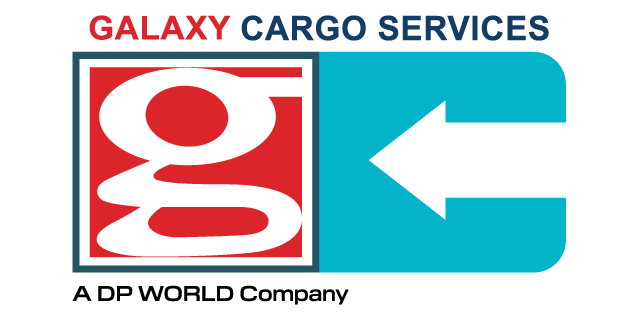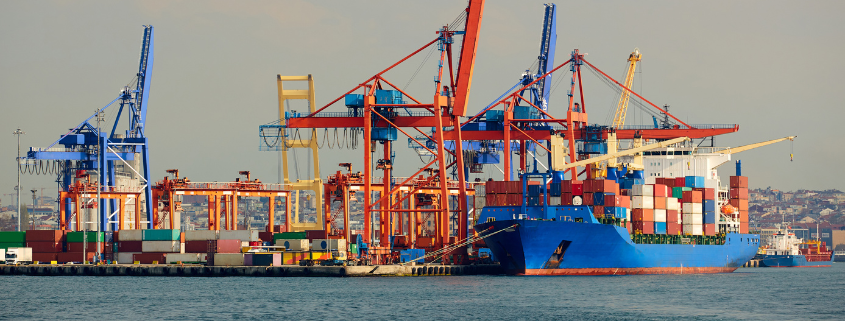As the market softens, expect to see more airfreight rate renegotiations
News that the air cargo market is continuing to soften is likely to trigger more rate renegotiations between carriers and customers.
The latest data, out today, shows volumes in June were down 8% year on year, while demand was down 7% compared with 2019.
Capacity was up 6% over 2021 – but is still 11% down on 2019 levels, according to Clive Data Services, part of Xeneta.
Overall, rates remain 129% higher than in 2019, but the market is seeing a steady decline, with the North Atlantic “a test case for the direction of other markets” – seeing a fall of 30% over the past three months.
“Rates [are] very close to 2020 levels,” said Niall van de Wow, head of airfreight for Xeneta.
“If we just look at the spot market, the rates are already lower in the past two weeks compared with 2020 by around 5%, and the market has yet to bottom out. This will be causing some interesting soul-searching for airlines and forwarders.”
Mr van de Wouw told delegates at last week’s Tiaca regional event in Amsterdam that airlines had become “more nimble” at responding to external events – and shippers wanted to renegotiate as rates changed.
“Shippers used to deal with forwarders at a fixed price for a year. Now, some are setting prices every two weeks, renegotiating. It’s a tremendous amount of work. Airlines are constantly adjusting prices because of technology. Shippers are renegotiating more, the market is a lot more dynamic and a lot more intense.”
Tristan Koch, former airline cargo manager and now a chief commercial officer for tech company Awery agreed that more transparent rates would lead to “shippers demanding more short-term visibility on rates”, adding: “Renegotiation is inevitable with more transparency, people want to know the rate today, not for six months.
“But I am not sure everyone will be happy with that. There are margins to be made from longer-term rates. Also, you need strategic planning in a business – you need to know what business there is, and at what price. Technology will need to fill that gap.
“It’s much more transactional now, but there is potential wastage in there if you can’t manage it on a day-to-day basis.”
Mr. Koch said it was driving the industry into two – the haves and have-nots.
“Big carriers have the ability to embrace technology faster. Shippers now want to track and trace, dynamic rates, and big carriers have invested. The ability to communicate with customers has been made easier by technology, and big airlines can distribute inventory on multiple channels.
“But smaller airlines and GSAs are stressed, as it’s harder for them to react fast to market conditions. Smaller companies are struggling to adapt to new pricing structures.”

Source: The Loadstar




